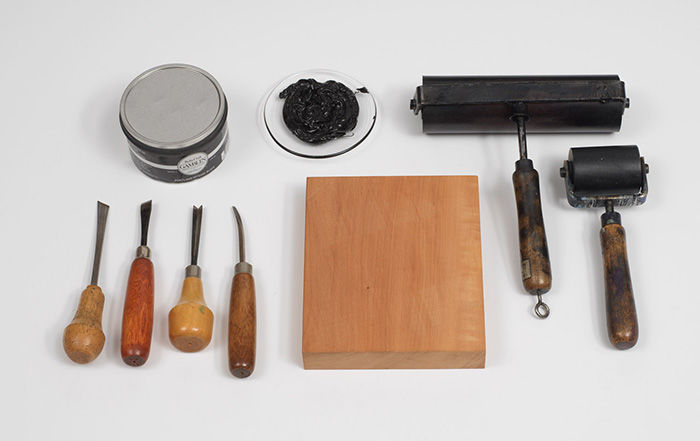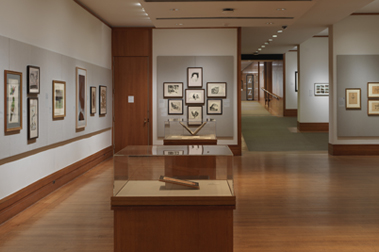Marie le reçoit (Mary receives Him), plate 13 from "Chemin de Croix" (Stations of the Cross)
Jean Charlot French
Printer Lynton R. Kistler
Not on view
Charlot created these prints [see 2025.270.1–.16] from German pear tree planks that he acquired while he was served as a soldier in First World War. He began the drawings at Sézanne, Marne (France) in 1918, and cut the blocks at Landau, Palatinate (Germany) in 1920. The first edition was printed in Chaumontel on ‘a primitive screw press.’ Charlot carried the woodblocks with him from France to Mexico (1921), the United States (1928), and Hawaii (1949) where he finally settled. The ‘Chemin de Croix’ is pivotal to Charlot’s early work as an artist, announcing his interest in the medium that he considered a democratic art form for it did not require specialized training, and could economically yield a large number of impressions for wide dissemination. When Charlot moved to Mexico, he used the prints to teach students in the Open Air schools in and around Mexico City. As such they were very important to the development of the woodcut technique that developed in the 1920s after the Mexican revolution and expressed the democratic ideologies promoted by artists.

